The Handbook of Tibetan Buddhist Symbols, it can be said, is a meeting of many predestined relationships, both of the translator and the reader. Phan Cam Thuong is a researcher who has spent 40 years researching folk culture, communal houses, pagodas, etc., so that experience has somewhat "guaranteed" this translation of Buddhism - which is close to the Vietnamese people. For readers, this is the next reunion with him, after the book written about Vietnamese culture - Material civilization of the Vietnamese people .
"The fragrant rice paper is turned over..."
The Handbook of Tibetan Buddhist Symbols is one of two classic works by author Robert Beer, first published in 2003. Translator Phan Cam Thuong and his daughter Phan Tuong Linh were exposed to the original English work, initially reading it to understand. Later, he was fortunate to receive this book from a friend, but it was a Chinese translation by scholar Huong Hong Gia under the name Tibetan Buddhist Symbolism, Fu Hieu Du Khi Vat Do Giai (2014).
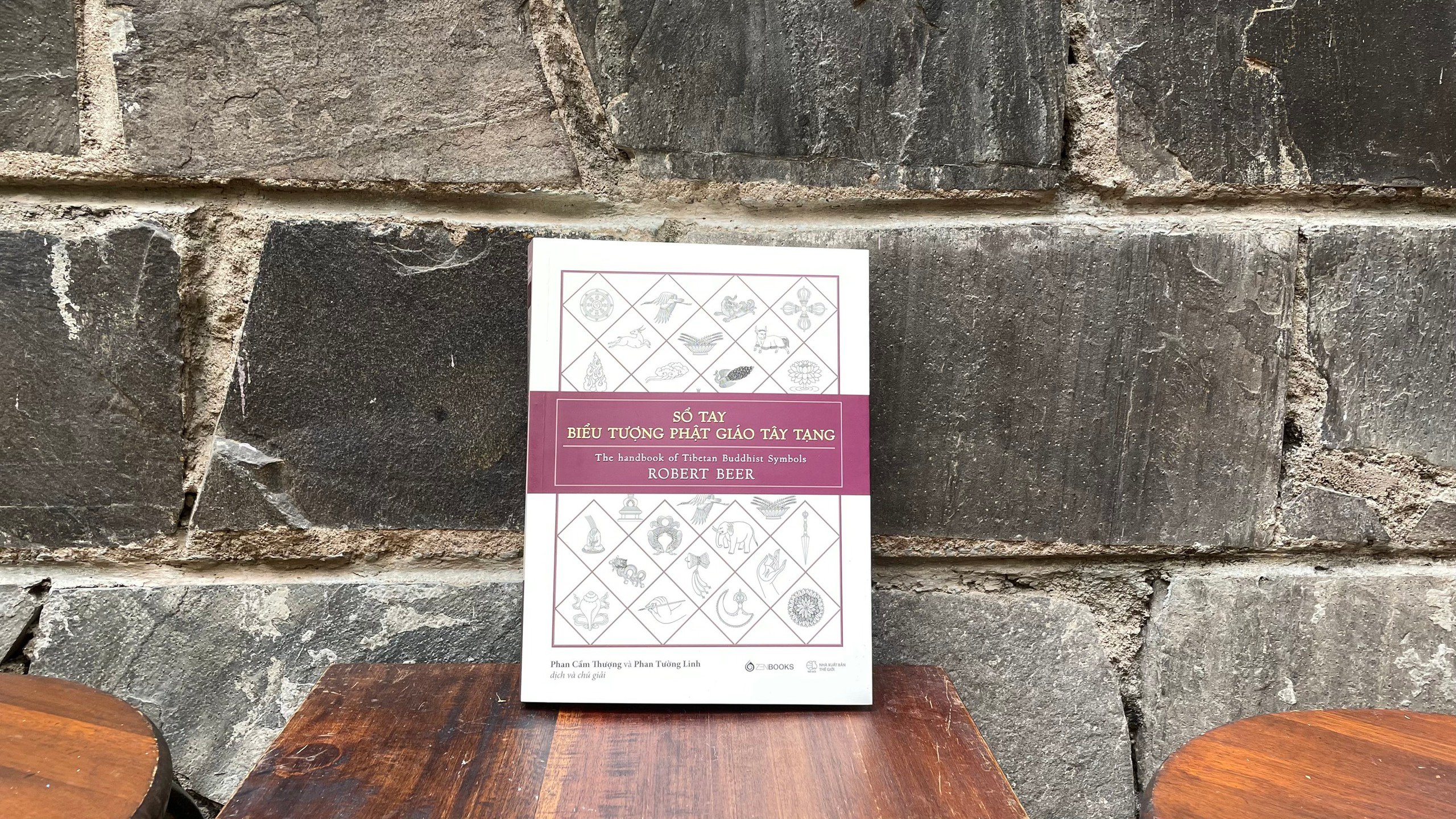
The Handbook of Tibetan Buddhist Symbols is large in size, 18x24cm, 396 pages thick; includes 16 chapters, 4 appendices and a glossary.
During the research on Vietnamese Buddhist heritage, the translators found that many Buddhist symbols have Tibetan origins. After a trip to Tibet in 2005, the translators further confirmed this . It was not until early 2022 that the translators officially translated the work into Vietnamese.
The Handbook of Tibetan Buddhist Symbols is a monumental work. It consists of 16 chapters, 4 appendices, and a glossary. The first five chapters of the book present the main groups of symbols and offerings, many of which are considered to be the earliest symbolic motifs of early Indian Buddhism; chapter 6 presents the origins of animals and mythology in Buddhism; chapter 7 presents the symbols of the sun and moon; chapter 8 introduces the main Vajrayana (Vajrayana) rituals, ritual objects, and ritual implements; chapters 9, 10, and 11 deal with the weapons and ritual implements of the deities; chapters 12 and 13 present hand-held objects; chapters 14 and 15 introduce some of the more esoteric symbols of Vajrayana Buddhism; chapter 16 presents the text on the main hand gestures or mudras performed by the deities.
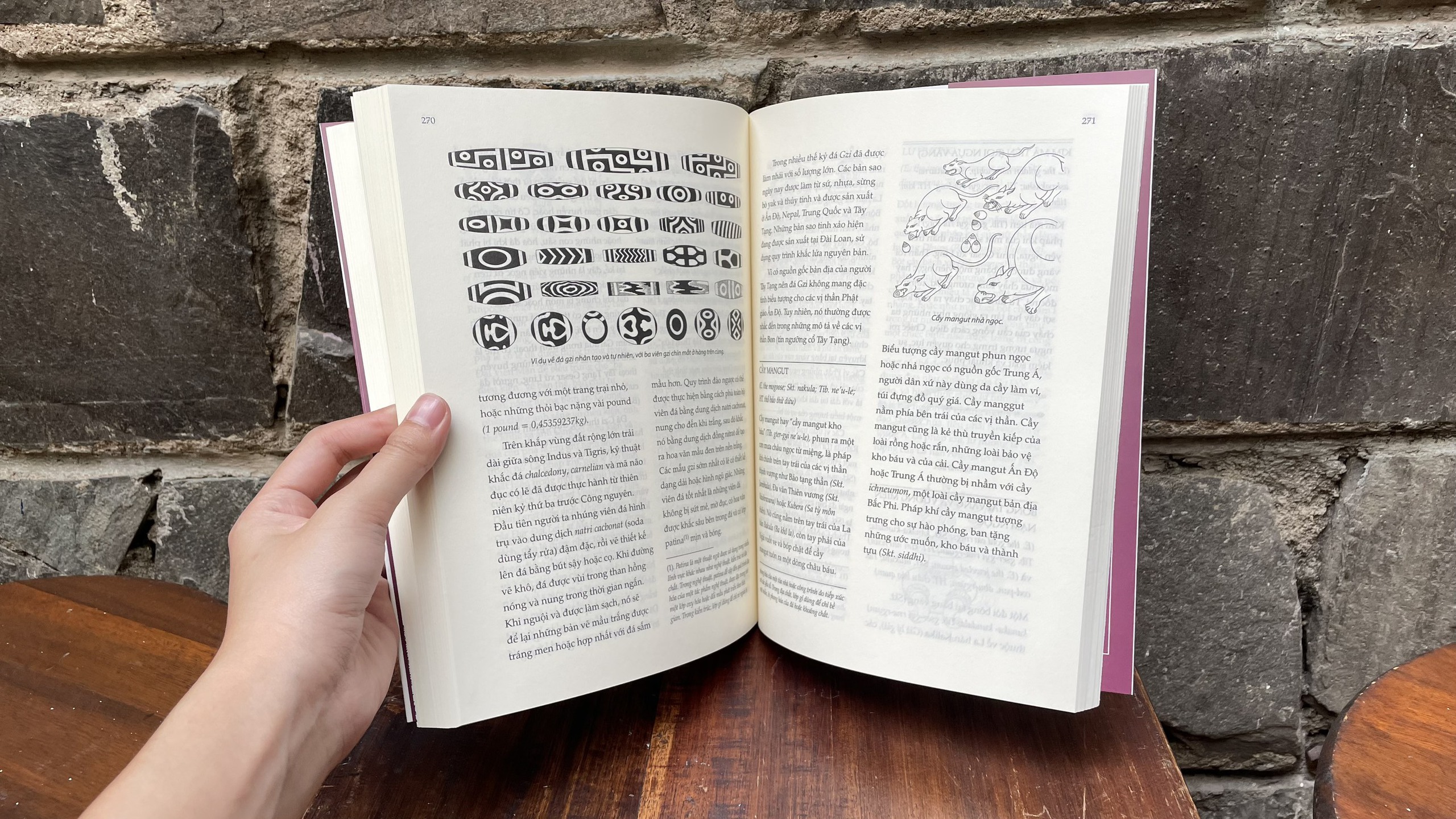
Inside the Book Tibetan Buddhist Symbols Handbook
In the process of looking through Buddhist knowledge to translate it correctly, the translators said they compared it with Chinese knowledge, translating the English and Chinese versions in parallel. According to translator Phan Cam Thuong, when translating Robert Beer 's book into Chinese, scholar Huong Hong Gia carefully annotated the Buddhist concepts in Sanskrit and Tibetan so that Chinese readers could understand them better. These Buddhist concepts in Sanskrit and Tibetan were annotated and translated into ancient Chinese since the time of Tran Huyen Trang of the Tang Dynasty.
Scholar Robert Beer has spent over 30 years studying and practicing Tibetan Buddhist art. He was one of the first Westerners to actively engage in this art form.
The Handbook of Tibetan Buddhist Symbols is one of Robert Beer's most famous works. It has been translated into many different languages and is in the top 100 best-selling books in the "Religious Arts & Photography" category on Amazon.
Careful translation and valuable notes
This translation by Phan Cam Thuong - Phan Tuong Linh pays great attention not only to the original text but also to providing readers with valuable knowledge.
The translation retains the spirit of author Robert Beer's writing style - intentionally following a graceful, respectful style, while trying to translate closely to the Buddhist mind. However, the translators also shared an interesting piece of information: in the Chinese version, perhaps for Chinese scholars, Tibetan culture is only a part of their ethnic culture, so "the beauty of the author's inner conviction, through the Chinese version, has been lost a lot".
This work is described as a journey to explore Tibetan Buddhist symbols and motifs, so in addition to the elegant writing style, the author spent 8 years illustrating with meticulous strokes the symbols he wrote in the book.

Translator Phan Cam Thuong
Translator Phan Cam Thuong shared: "During the process of reading and translating, many unexpected things appeared." According to him, in recent times, Tibetan Vajrayana Buddhism has been spread in the country in many ways, but in fact this Buddhist sect has come to Vietnam for thousands of years, then been obscured by Mahayana Buddhism. The translator commented that through the Tibetan Buddhist Symbols Handbook , the author has thoroughly and deeply explained the origin of Buddhist symbols.
Because Tibetan Vajrayana Buddhism has influenced many Buddhist symbols in Vietnam, the system of symbols in this book will help readers better understand the images related to Buddhist art in our country as well as the philosophy and history of Buddhism in general.
Author, translator, artist Phan Cam Thuong is a famous cultural researcher, especially in the field of communal house, village, pagoda culture, folk culture in general and ancient fine arts and architecture. He has published many outstanding, important and valuable books such as: Fine Arts of the Vietnamese , Everyday Art , Human Customs , Material Civilization of the Vietnamese ... In which, the book Material Civilization of the Vietnamese won the B prize of the National Book Award in 2022.
Source: https://thanhnien.vn/dich-gia-phan-cam-thuong-ra-mat-sach-giai-ma-bieu-tuong-phat-giao-tay-tang-185240522123231365.htm



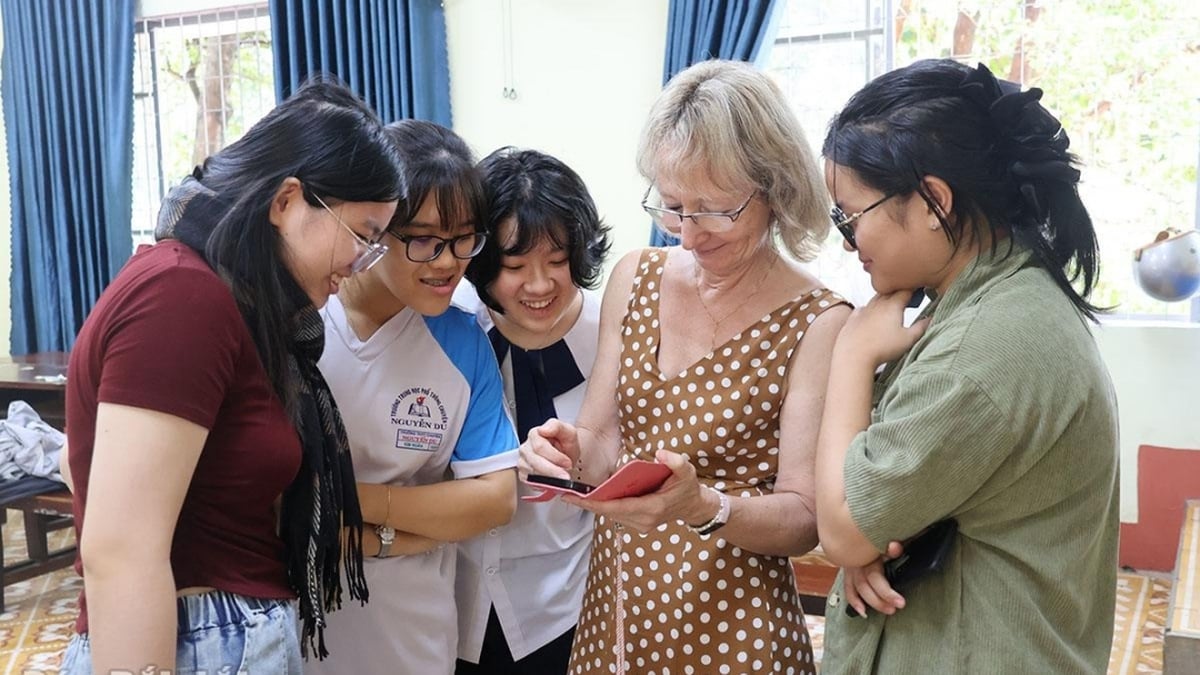
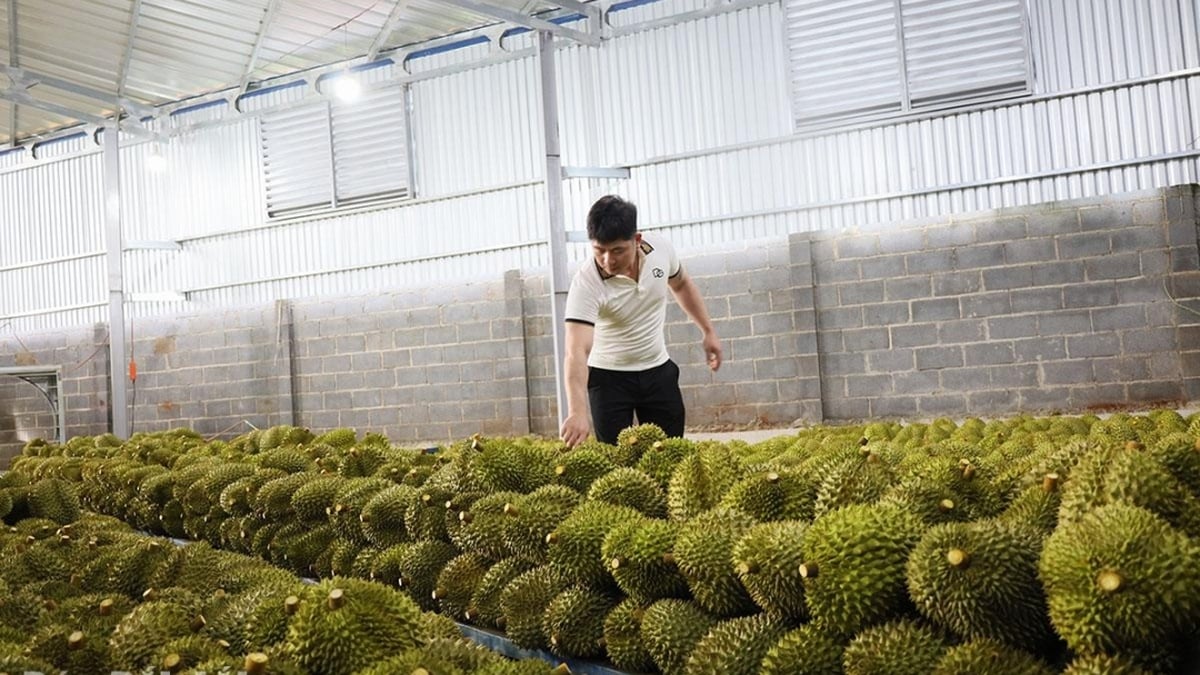



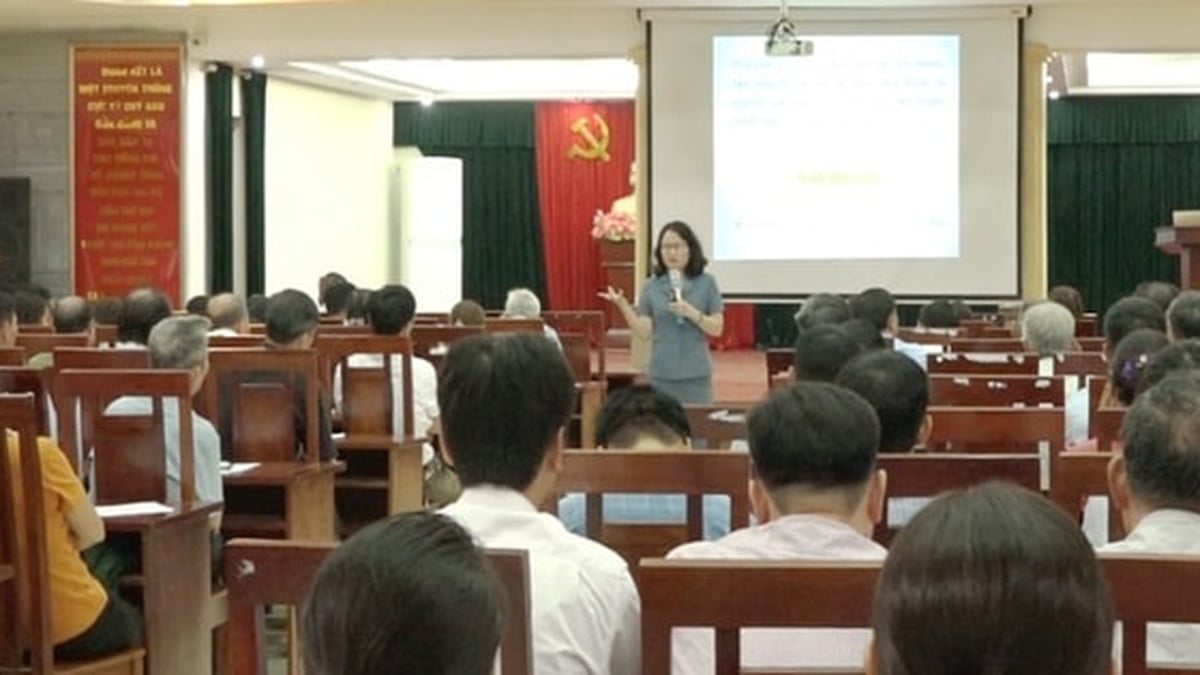
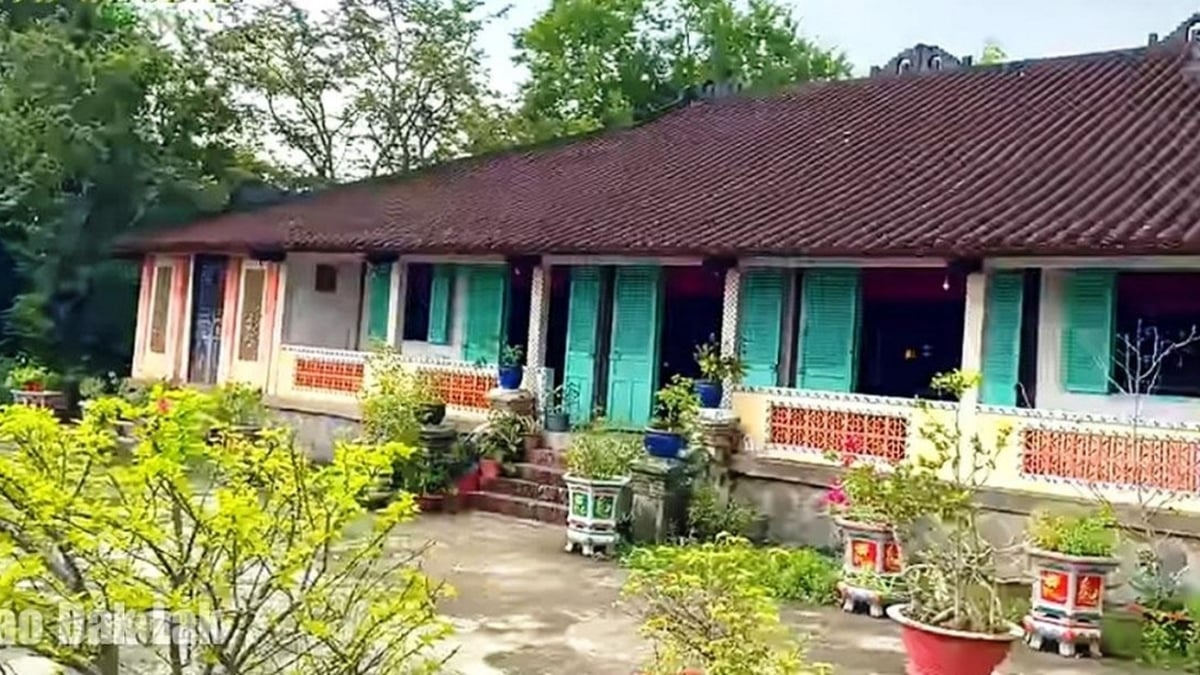

























































































Comment (0)